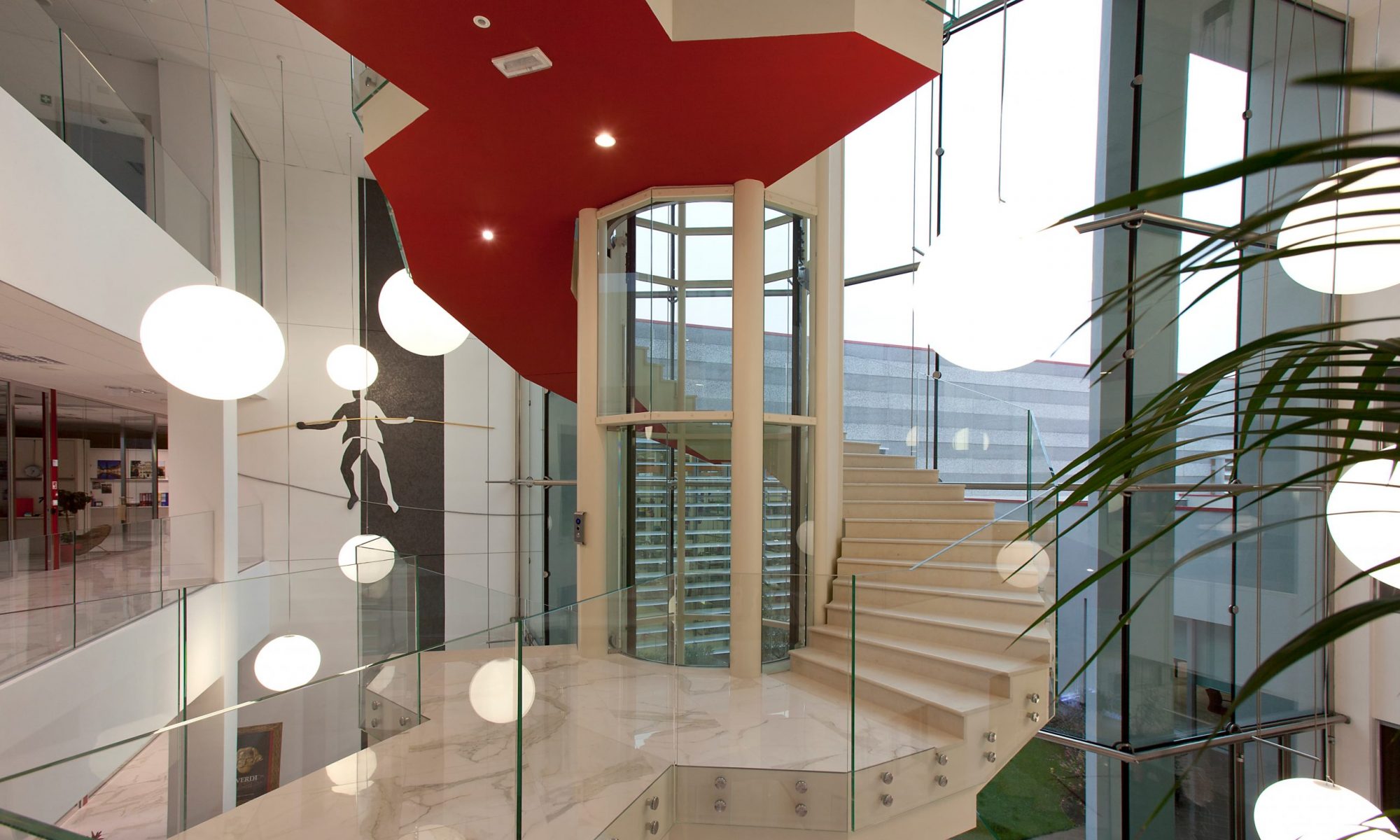One of the main efforts we have to express to protect the only one environment surrounding us, is that of energy saving and efficiency.
The management of the lift operations is one of the aspects of this general issue.
It has to be specified that in a normal residential building the percentage of energy consumed by the lifts upon the total is just 2-4%.
In some Countries (among them Italy) the cost of this supply is correspondingly higher, because there is a fixed fee to be paid by the client connected to the network, not depending upon the real energy consumed, but by the supply of power, which is a figure that has to do with the starting current value, but a little to do with the real energy consumption and efficiency.
Thus, in most of the residential buildings, excluding the ones with a lot of vertical traffic, the energy consumption from the lift system is a minor problem compared with, for instance, the thermical insulation of the building walls. Consequently, the energy consumption of the lifts normally is not considered within the calculations needed for the energetic certification of the buildings, new or old ones, in order to apply the European Directive 2010/31/Ue (EPBD = Energy Performance Building Directive).
But in the future this picture will probably change, because it is forecast that in 2020 all new building will have energy consumption almost “zero”.
So, even now, any energy spare, when justified by the amount of the initial investment, is welcome also in the lift field.
In particular, in the typical residential market in Europe, where buildings are relatively low, and traffic relatively low as well, it is important specially to reduce the so called “stand-by” energy consumption, that is during the long time (often more than 95%) when the car remains stationary at floor.

